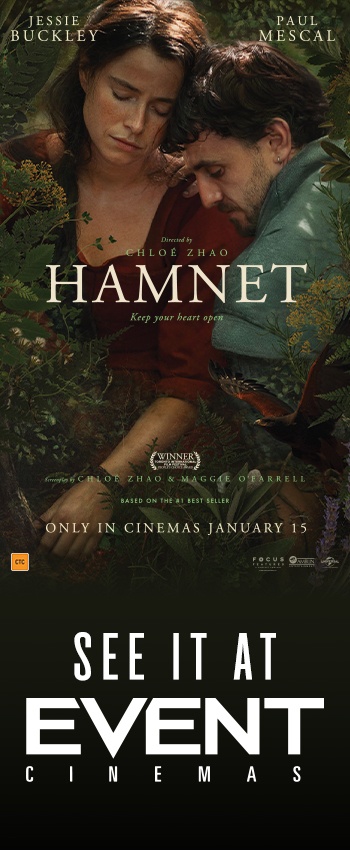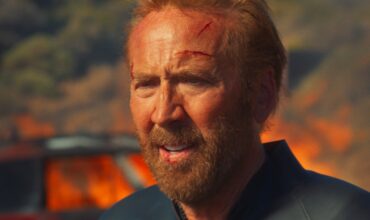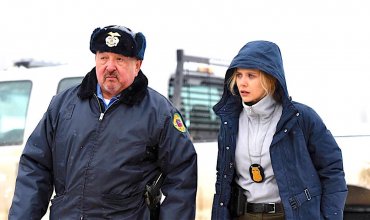At first glance, the idea of Natalie Portman playing Jackie Kennedy seems like stunt casting. Although she has played numerous roles in her long career, nothing about Portman suggests the former First Lady. The process of using a well-known movie actor to play another famous person is always something of a trick. The substitution of one famous set of features for another requires the skill of the filmmaker and the suspension of an audience’s disbelief. It helps if there is some similarity in the shape of the face. Faye Dunaway eventually morphs into Joan Crawford in MOMMIE DEAREST (1981). If you see Tony Blair these days you have to look closely to make sure he’s not Michael Sheen. However in JACKIE, the transformation of Portman is all performance and movie magic.
Chilean director Pablo Larrain, working from a Noah Oppenheim screenplay, has portrayed the events surrounding the assassination of JFK in Dallas, the subsequent funeral procession and the ceremony at Arlington cemetery. Amazingly, the burial occurred within three days of the shooting. How Jackie lived through this historical tragedy is the heart of the story.
The movie is an impressionistic take of her life as the First Lady. Her famous 1962 television tour of the White House is recreated in detail. Her meeting with journalist Theodore White (Billy Crudup) a week after Jack’s death is also dramatised. They met at the Kennedy compound in Hyannis Port and this famously resulted in an essay for Life magazine that cemented the idea of the JFK administration being like Camelot. The allusion to the Court of King Arthur was a touchstone of the time; Lerner and Lowe’s musical Camelot was a contemporary Broadway hit. Larrain has Richard Burton’s songs from the cast recording wafting through on numerous occasions. We watch the process of the recently widowed Jackie persuading White to write a favourable account of her husband’s life. She is grief-stricken and demanding. She believes she is working for Jack’s legacy and the good of the nation. White isn’t so sure.
Eleanor Roosevelt had changed the notion of what a First Lady might achieve in the 1930s. Jackie redefined it again in the early 1960s. Women admired her and she was something of a role model. Many Americans needed to mourn the death of their President and she became a focus for a nation. Nothing is more personal than the death of a loved one. Jackie was thirty-four, the mother of three young children and she was facing the death of her husband in the most public way one can imagine. It is here, where the public and the private collided, that the film is at its most fascinating. In the interview, Jackie explained how she tried to hold Jack’s head together after it was struck by the bullet. And we see it. We see the pink Chanel suit stained with blood and it doesn’t seem sensationalist or corny. Even those of us not alive at the time, have knowledge of this moment in history; the Zapruder film, the television coverage of the funeral and the photographs from Life magazine are a series of images etched deeply in the culture. These are brought back to life and recontextualised by Larrain’s directorial approach and Portman’s fierce performance.
This film will not suit those wanting a more straightforward telling of the tale. The friends I saw this with wanted a linear narrative that let the history unfold. I found the film hard to grasp at first. For about twenty-minutes, I was reminded intermittently of Lana Del Ray’s National Anthem video, but then I clicked with what Portman was doing in the lead role. In the end, no matter what Jackie wants us to remember about Camelot, her own life has been brutally and irrevocably transformed. Portman shows us a woman holding on and not succumbing to her grief and terror.
JACKIE runs for 100 minutes. (8/10)




